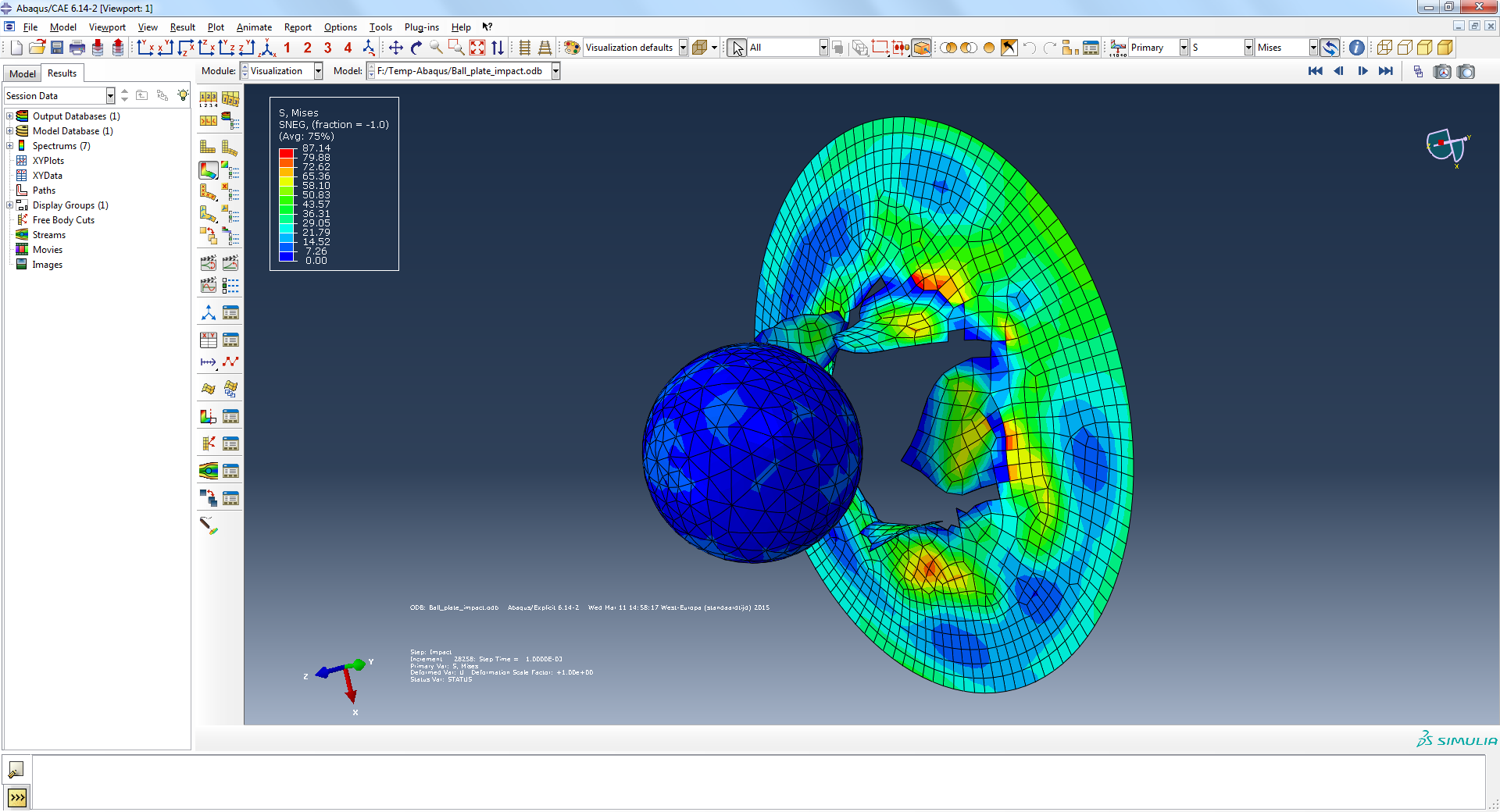Accurate solutions
A robust Explicit solver to perform highly accurate high-speed dynamic events.
Scalable calculation speed
Excellent parallelization by utilizing multi-cpu processors to speed up your analysis.
Multiphysics technologies
Multiple technologies like CEL, SPH & DEM to perform multiphysics simulations.
Switch between solvers
Simply switch your solver type and go from explicit to implicit or vice versa with the same interface.
Abaqus Explicit
The Explicit non-linear solver for high-speed dynamic events like drop test, impact and crash.
Multiphysics technologies
Multiple analysis types for Explicit
Scalable calculation speed
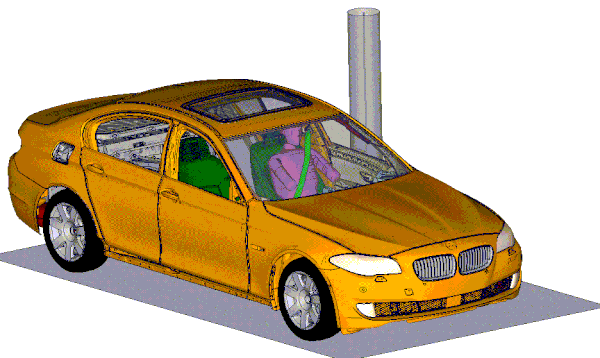
Functionalities SIMULIA Abaqus Explicit
Powerful features and technologies to perform your dynamic high-speed simulations.
Multiphysics technologies
Use different types of technologies to solve your multi physics challenges
Multi physics technologies
CEL – Coupled Eularian Lagrangian
This technology expands the scope of Abaqus beyond the usual finite element domain, allowing, complex fluid structural interaction problems and other challenges to be solved. CEL combines fluid domains with normal explicit structural elements.
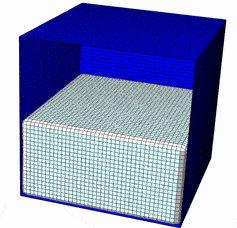
Multi physics technologies
SPH – Smoothed Particle Hydrodynamics
SPH uses a mesh free particle approach, where objects can be be either fluid or solid. These particles can interact with traditional finite element models. This approach allows complex FSI, Fluid Structure Interactions to be modelled, as well as high strain and other extreme events that challenge more traditional modelling techniques. This technology can be used for: Birdstrikes, ballistics, hydrodynamic loadings, forming, mixing, forging, cutting, explosions.
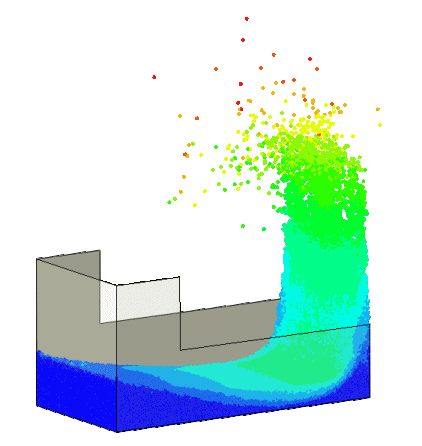
Multi physics technologies
DEM – Discrete Element Modelling
DEM is used for modelling of interactions between large numbers of individual particles. The particles are treated as rigid particles. DEM is different from SPH which models continuum materials.
This technology can be used for stone and rock handling, sorting devices for granular materials and mixers.
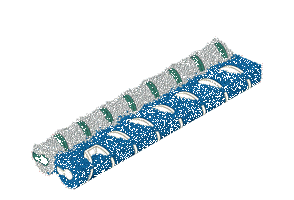
Analysis types for the Explicit domain
Abaqus Explicit can perform high-speed dynamic events
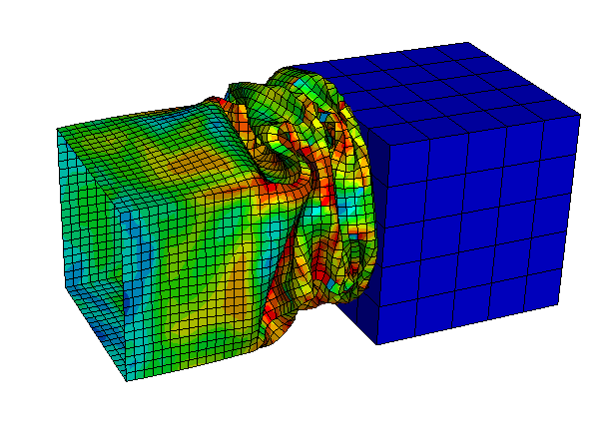
Analysis types for the Explicit domain
• Acoustics
• Adiabatic stress
• Coupled Eulerian-Lagrangian (CEL)
• Smoothed Particle Hydrodynamics (SPH)
• Discrete Element Modelling (DEM)
• Coupled field > Thermo-mechanical > Shock and acoustic structural


